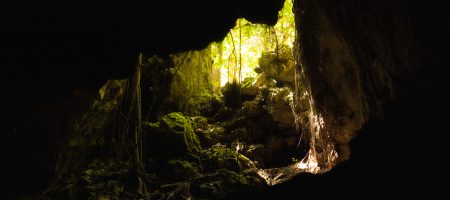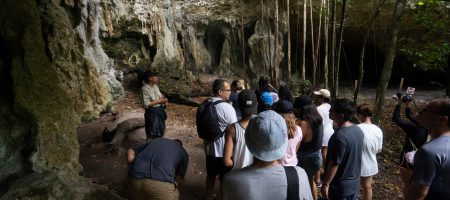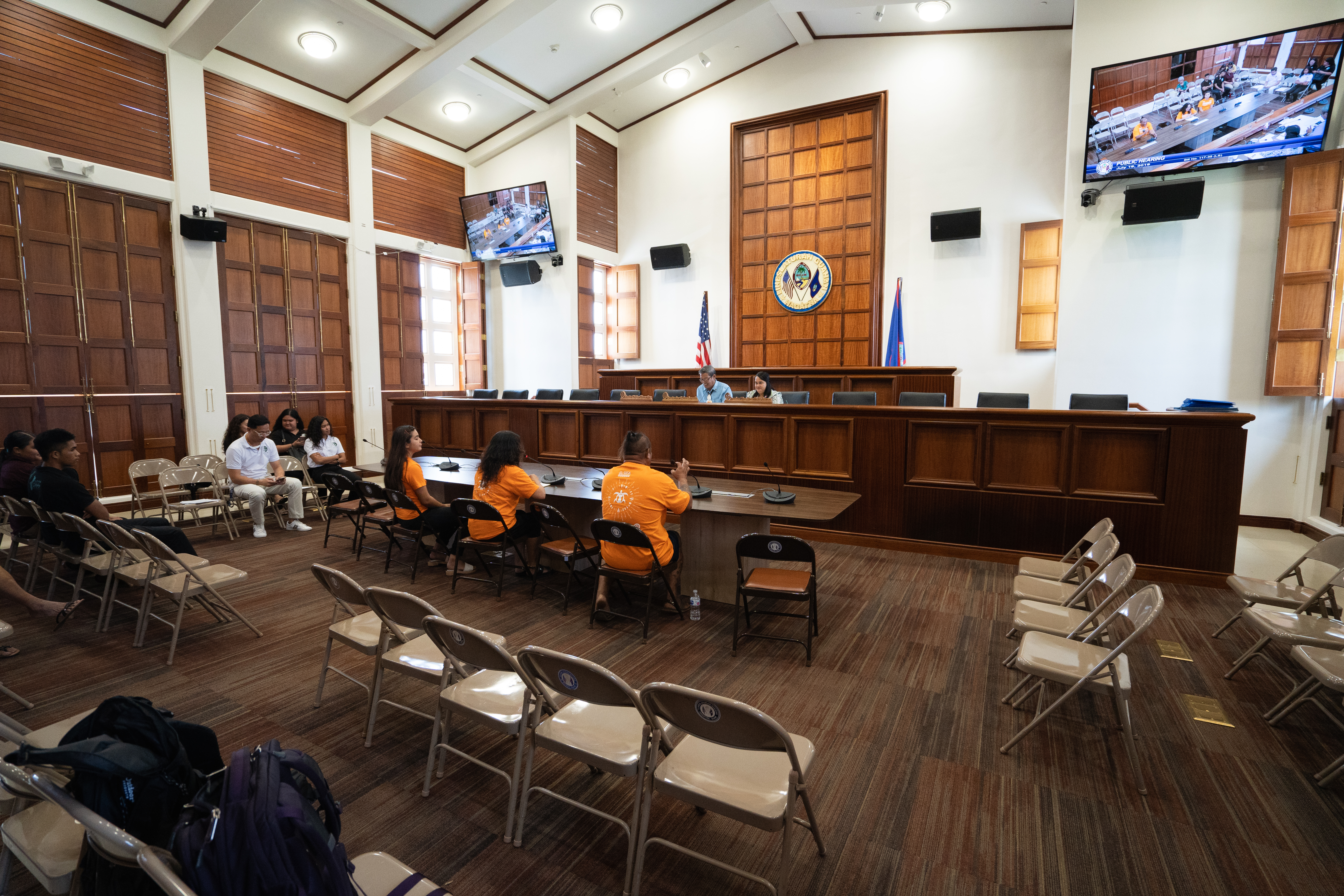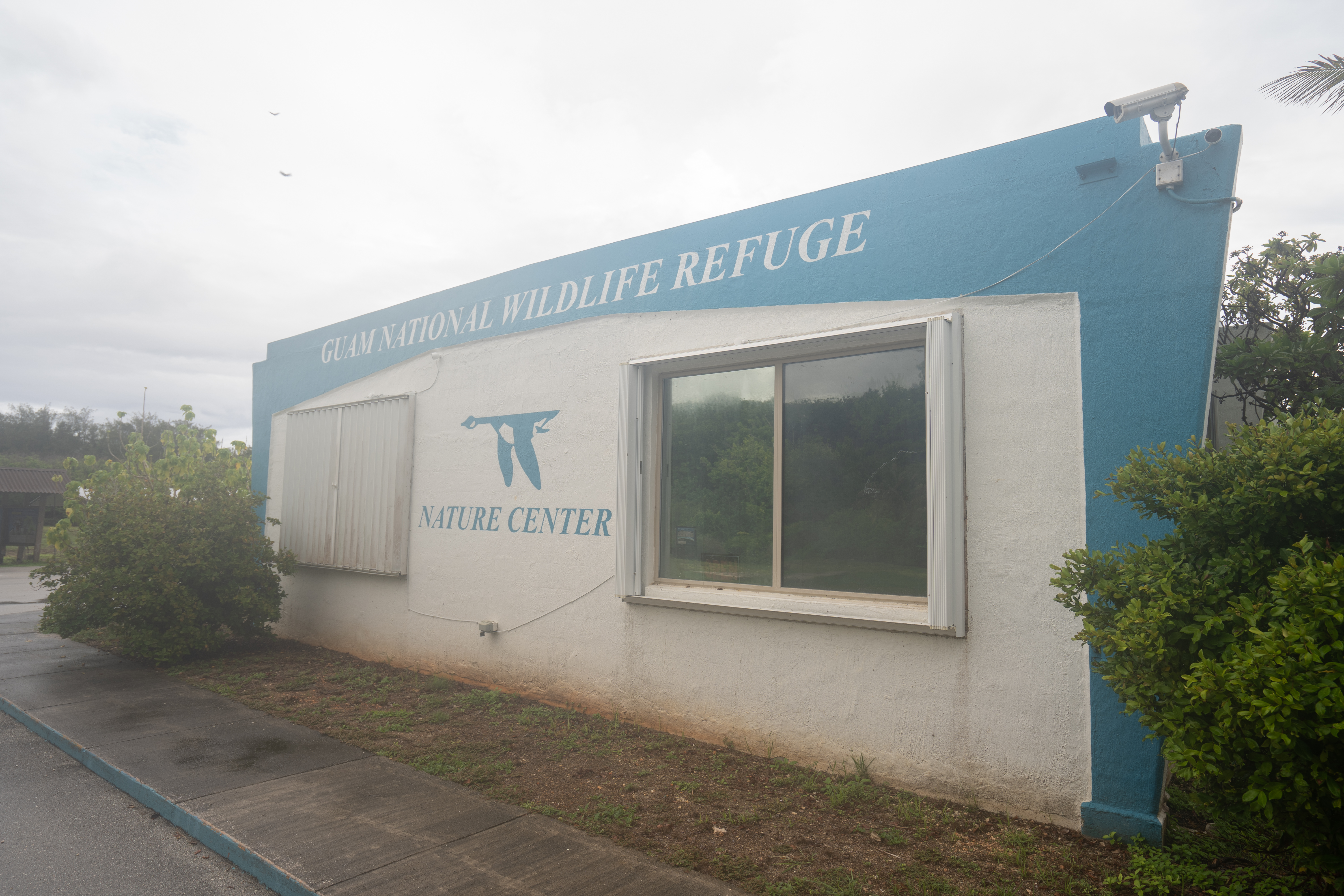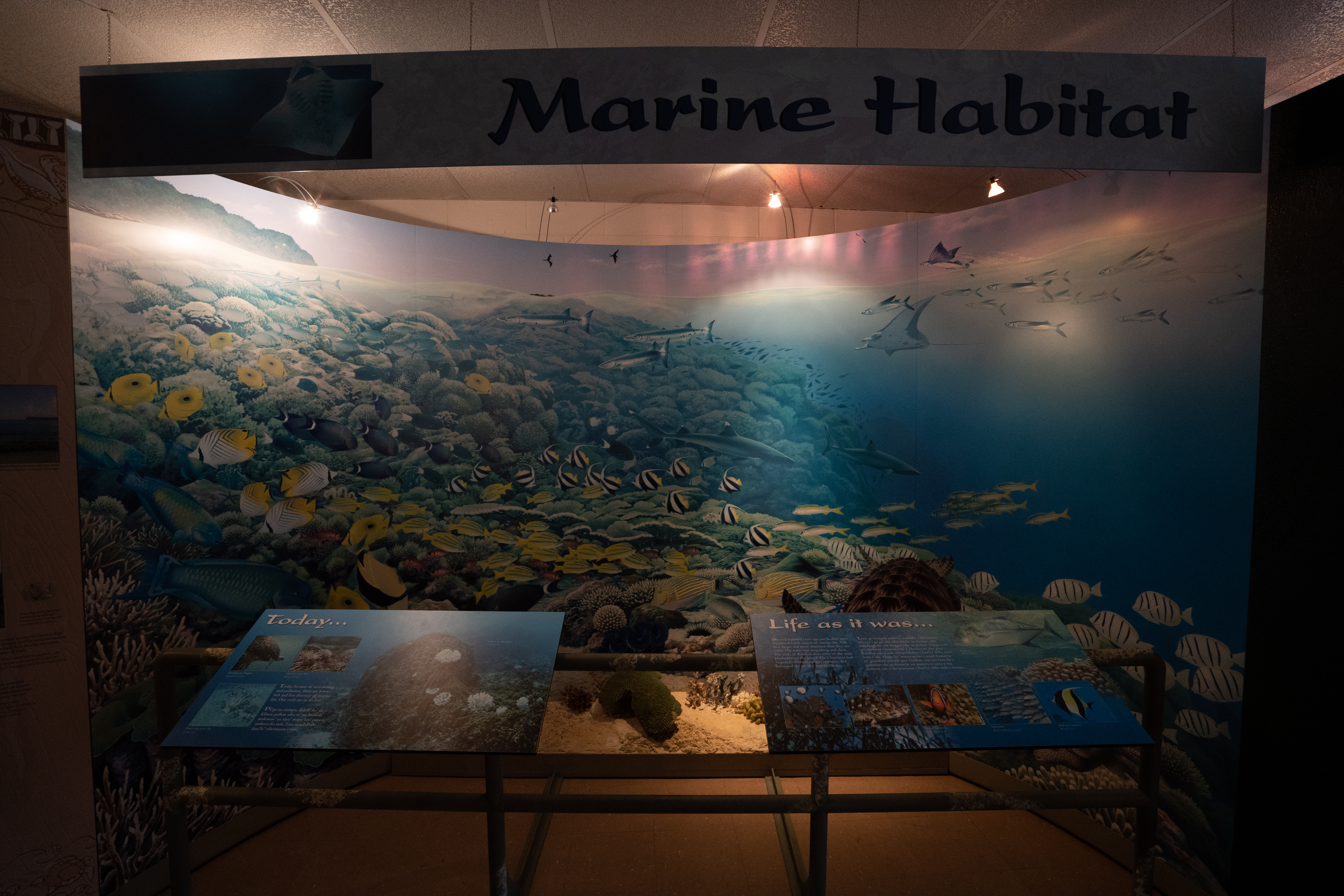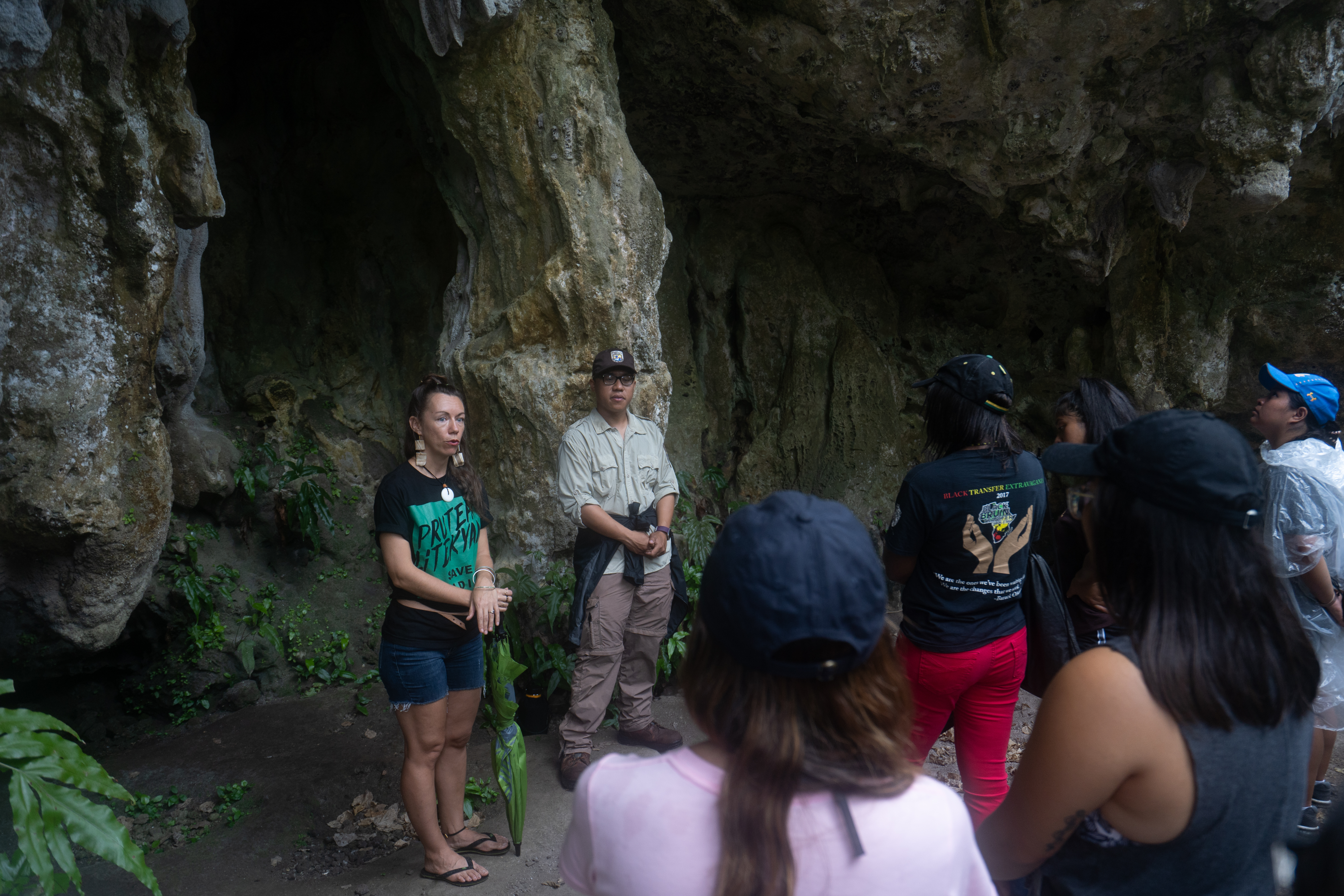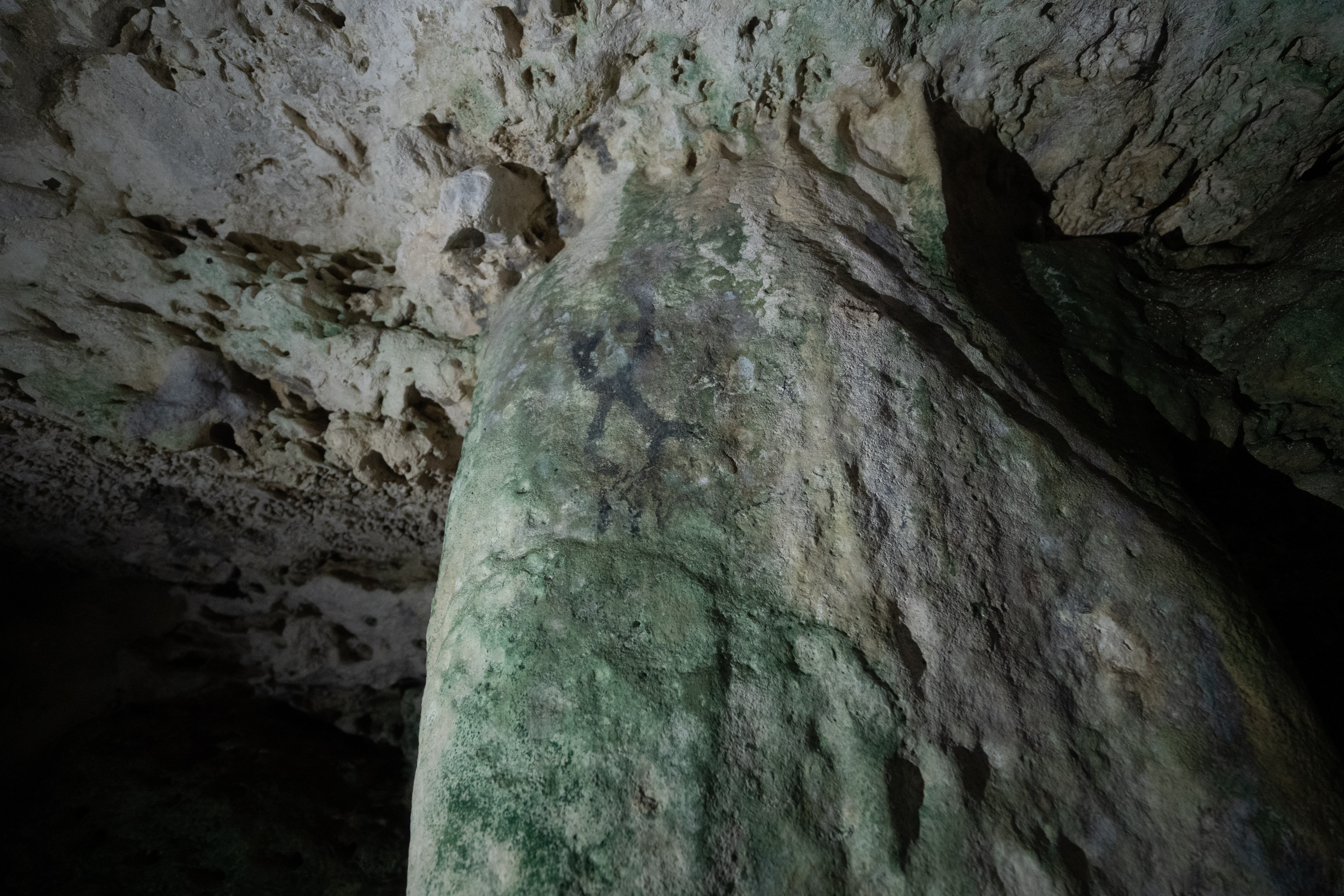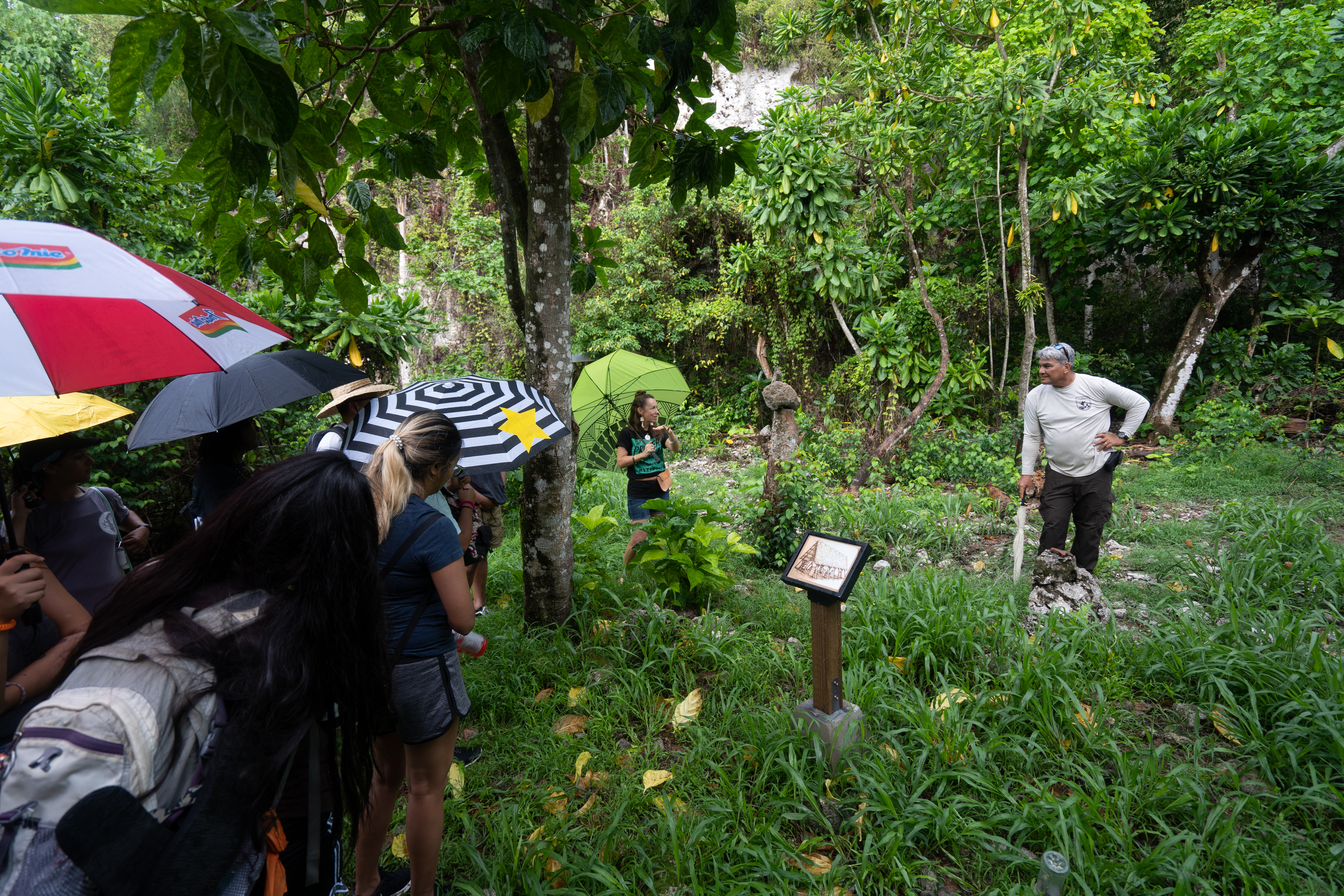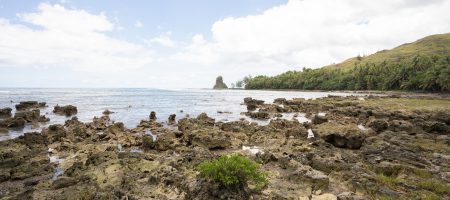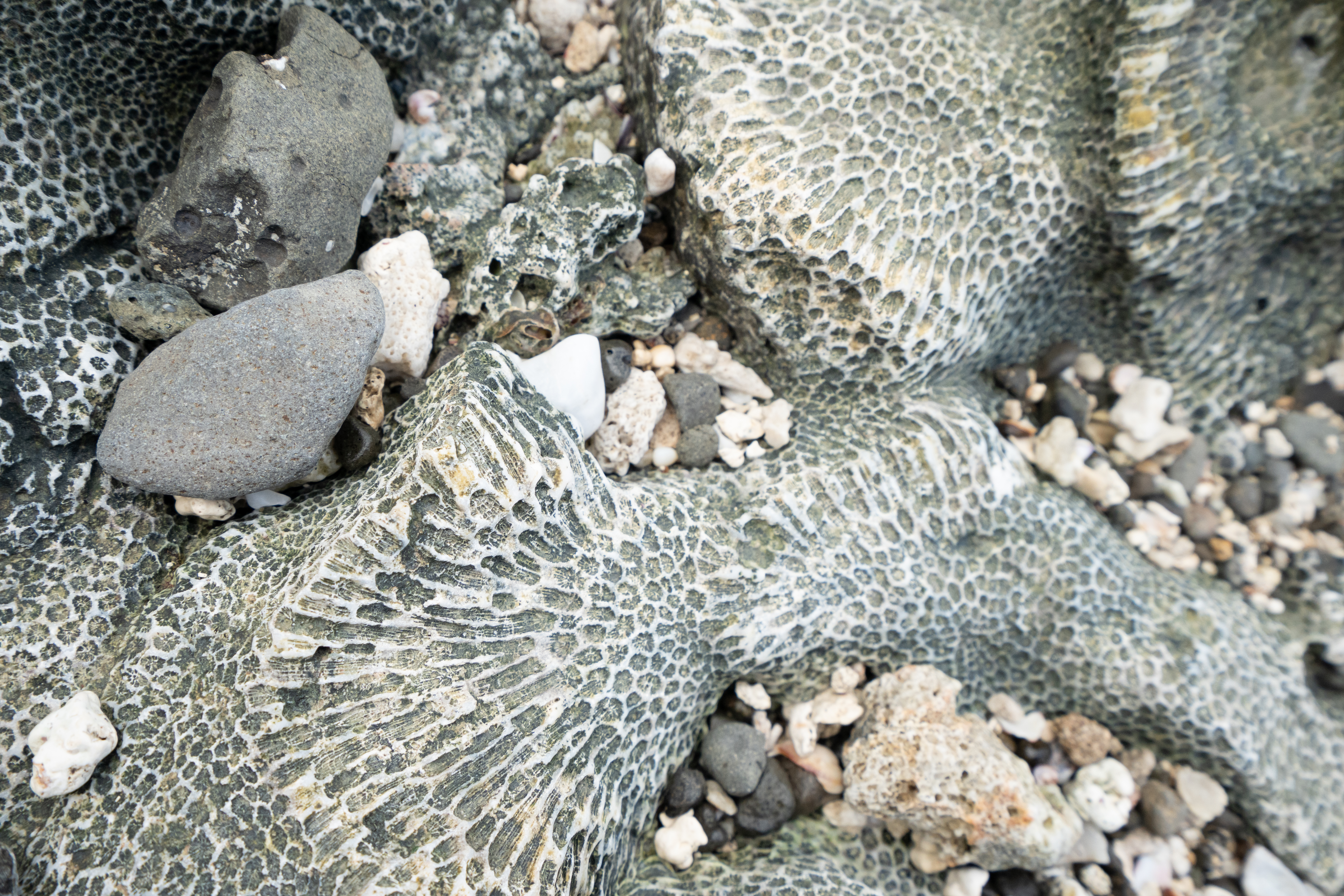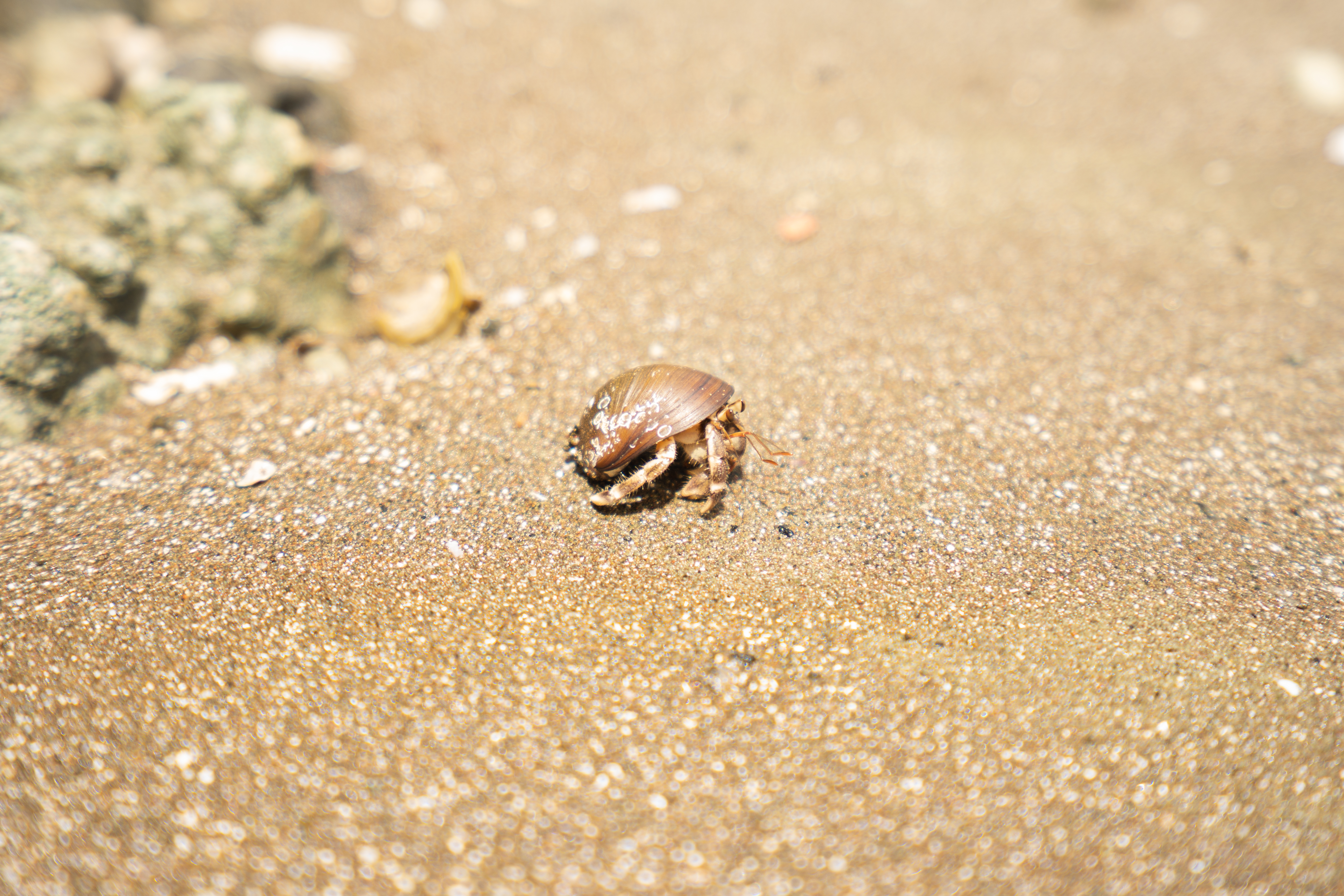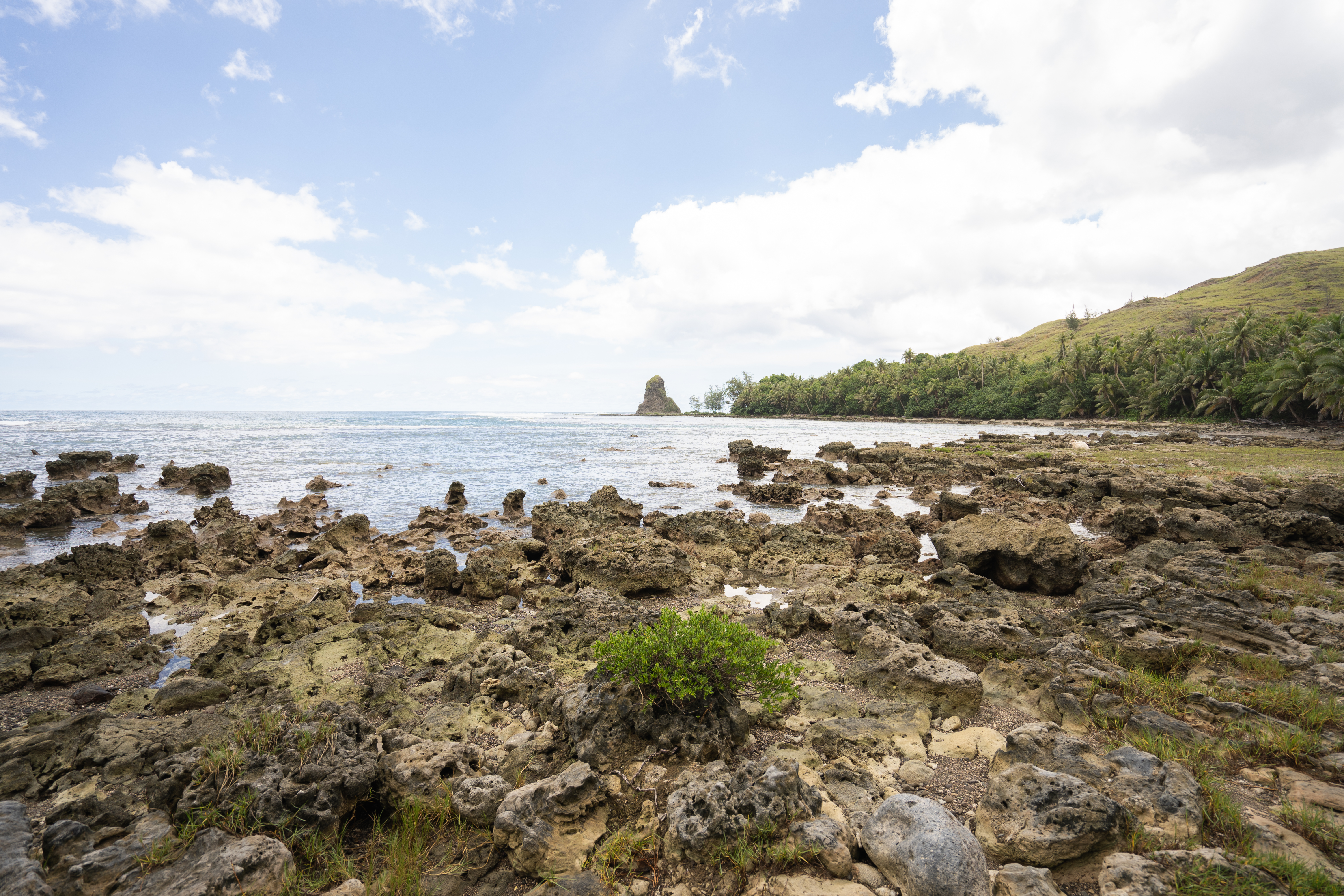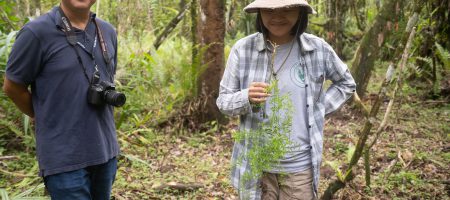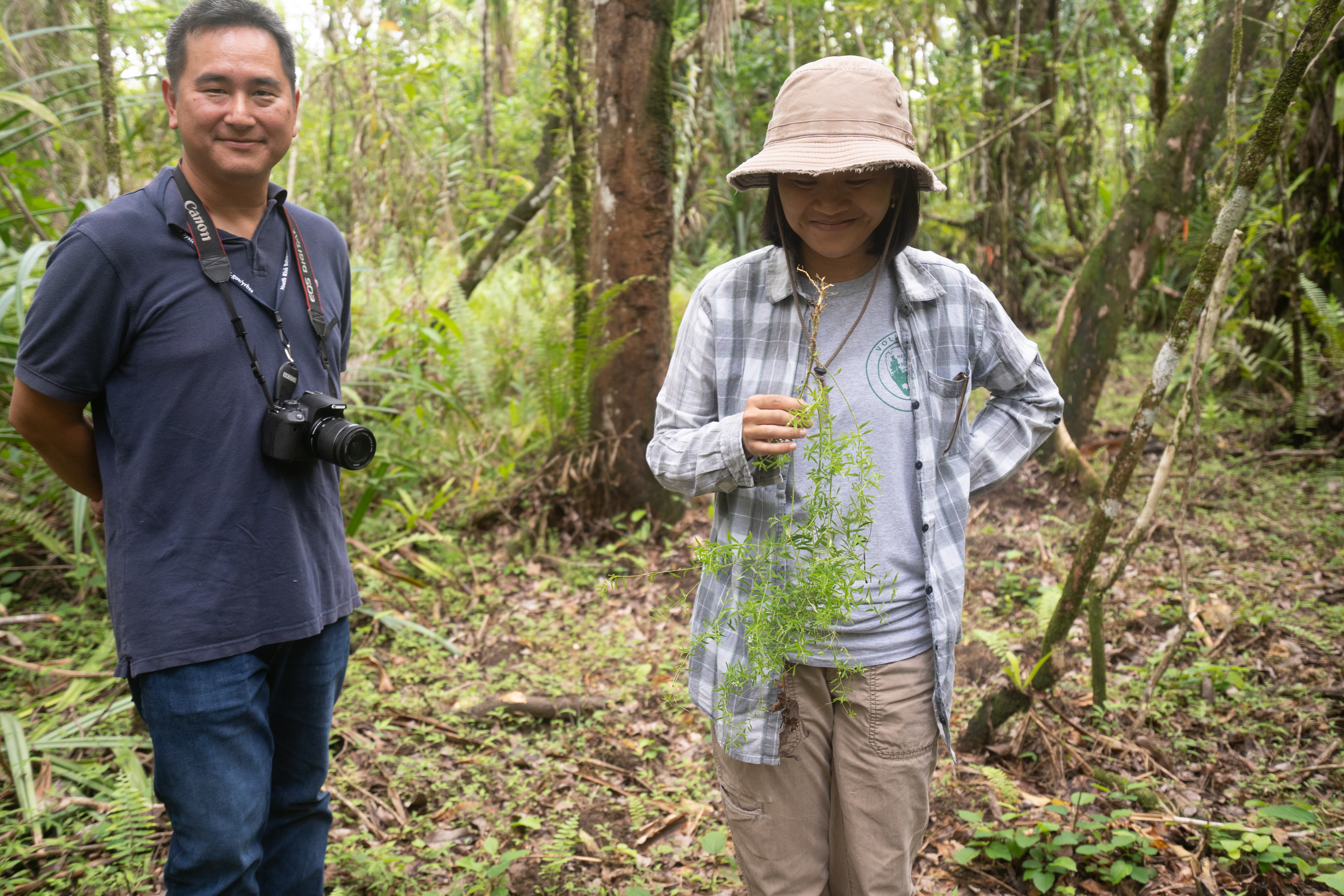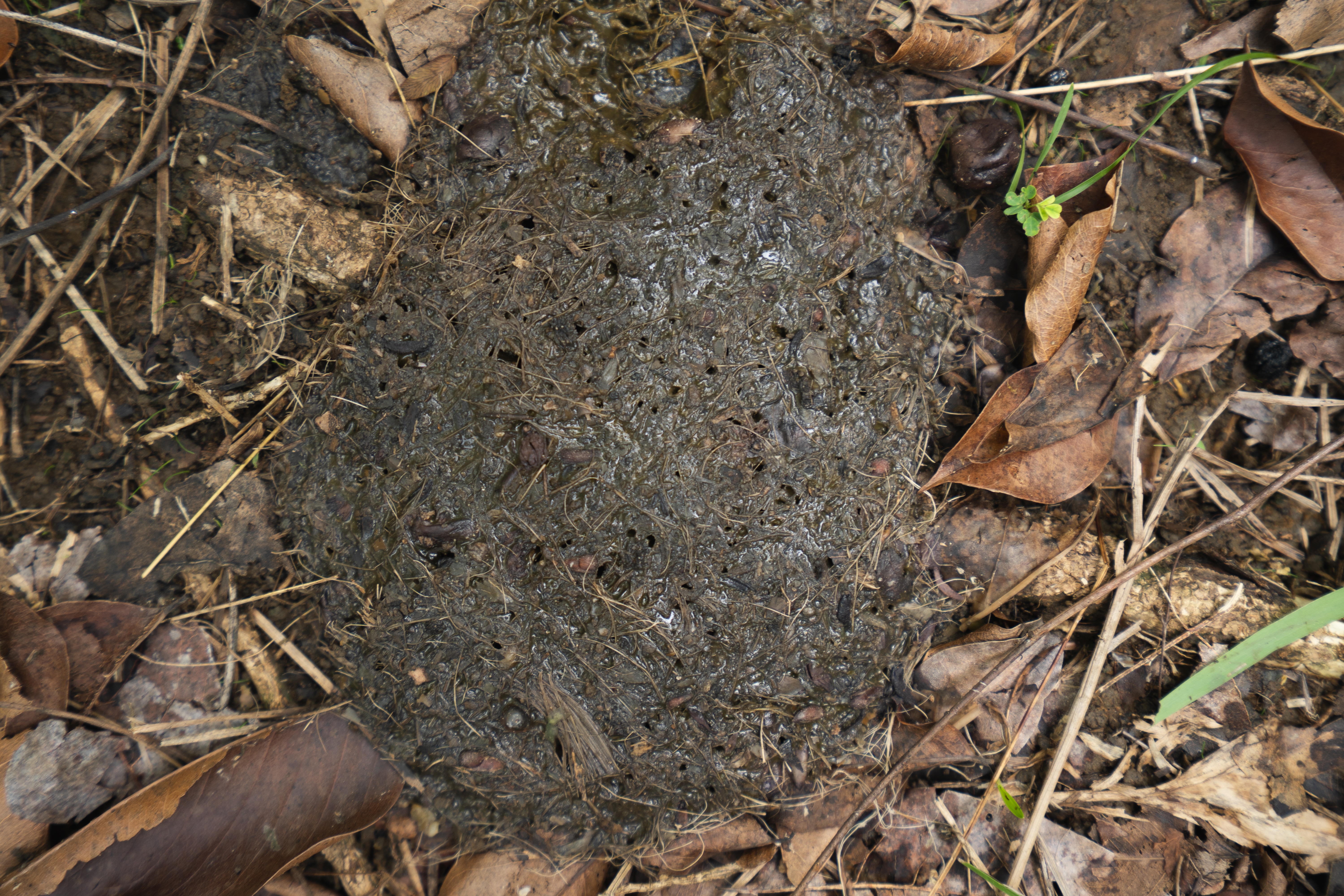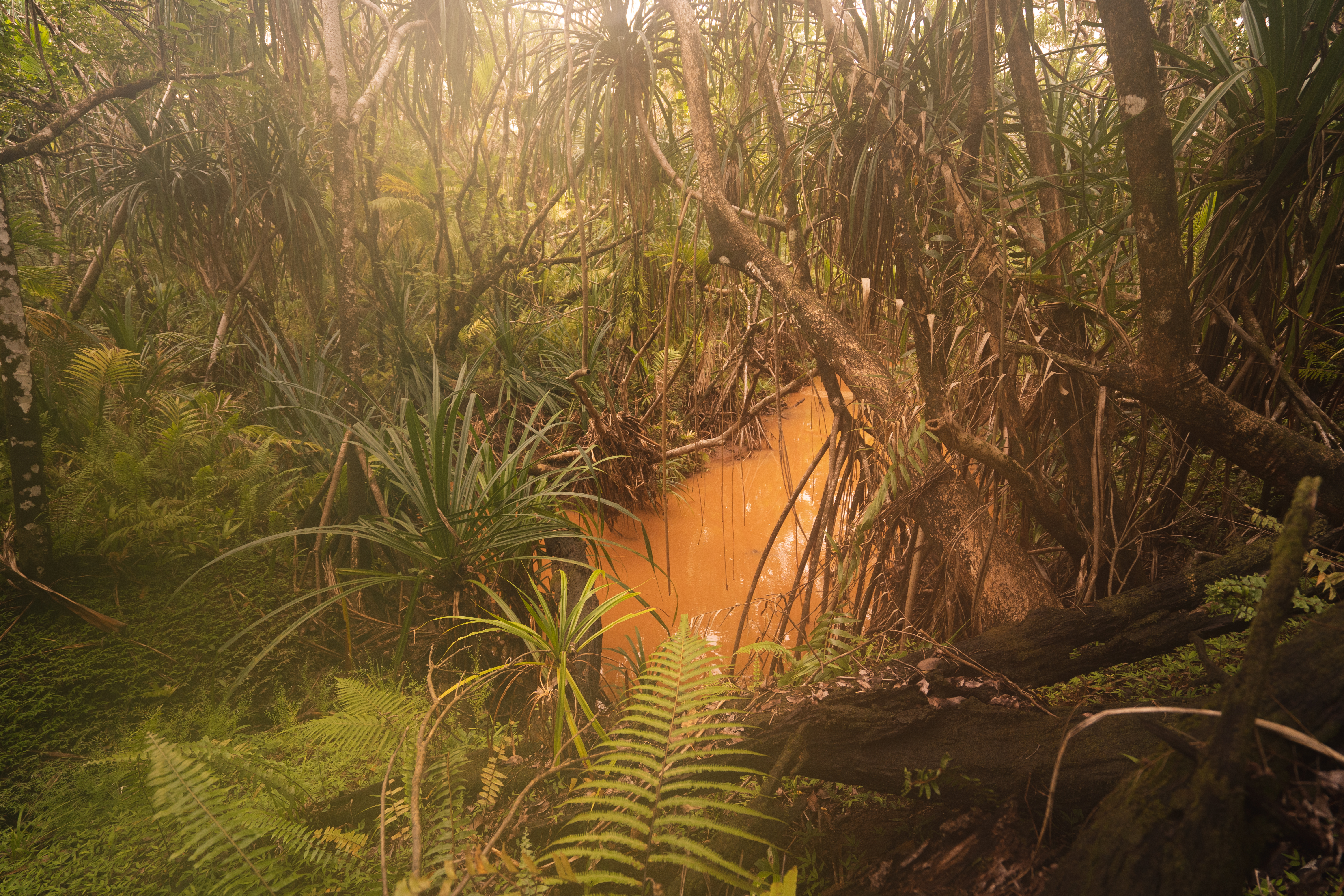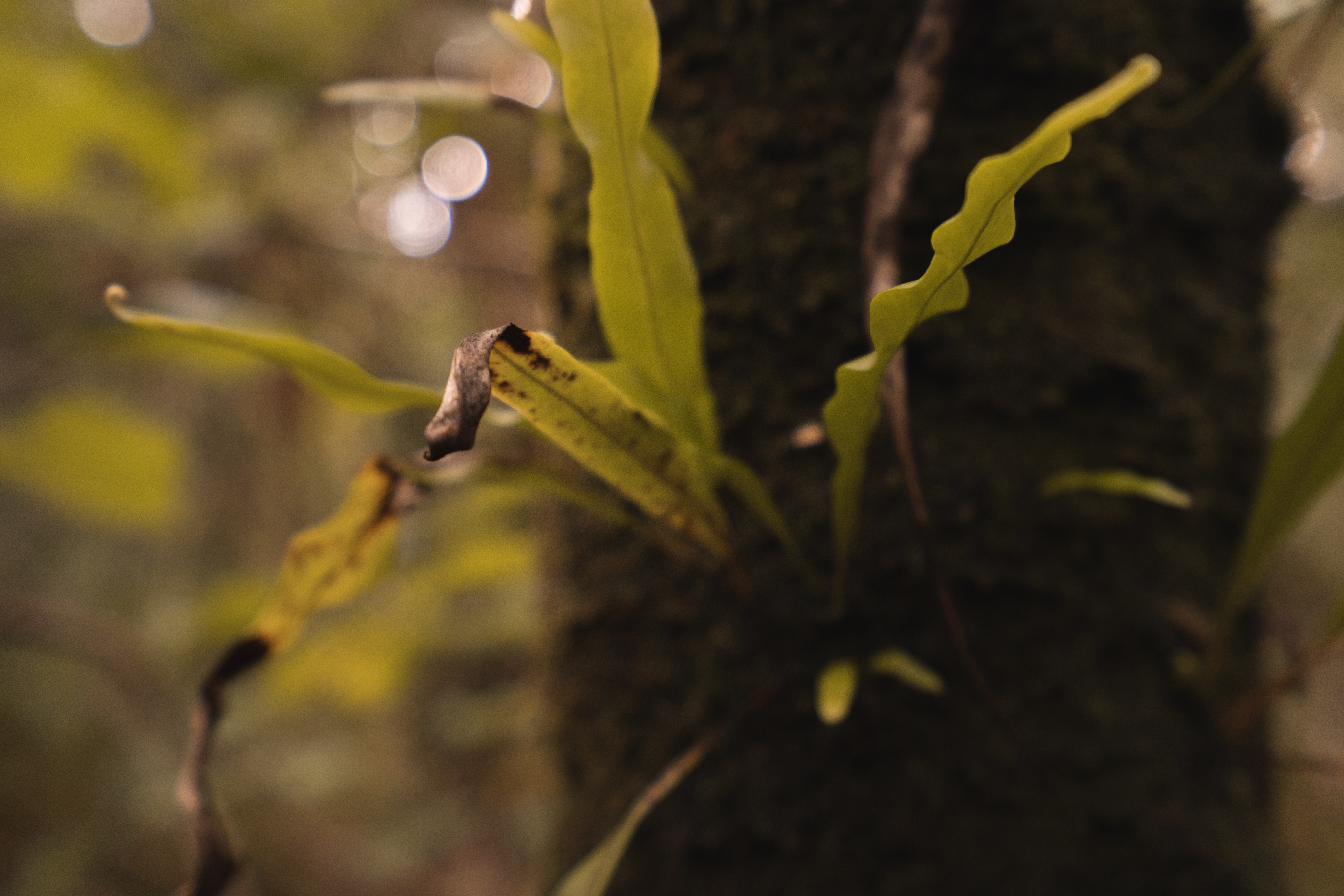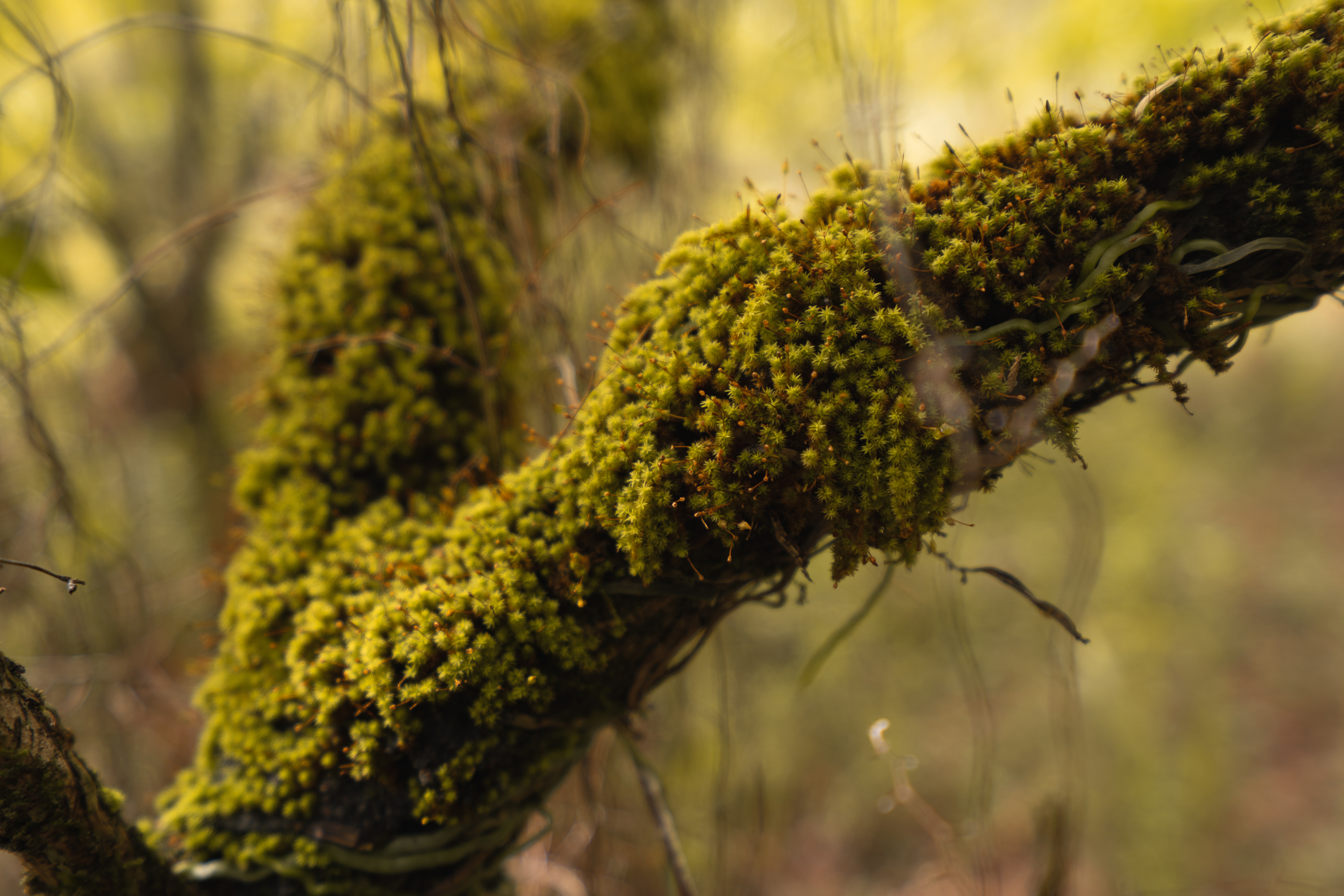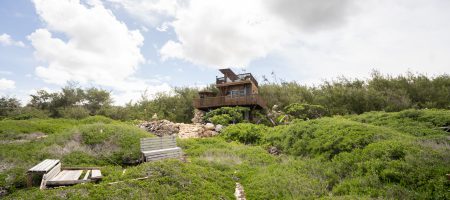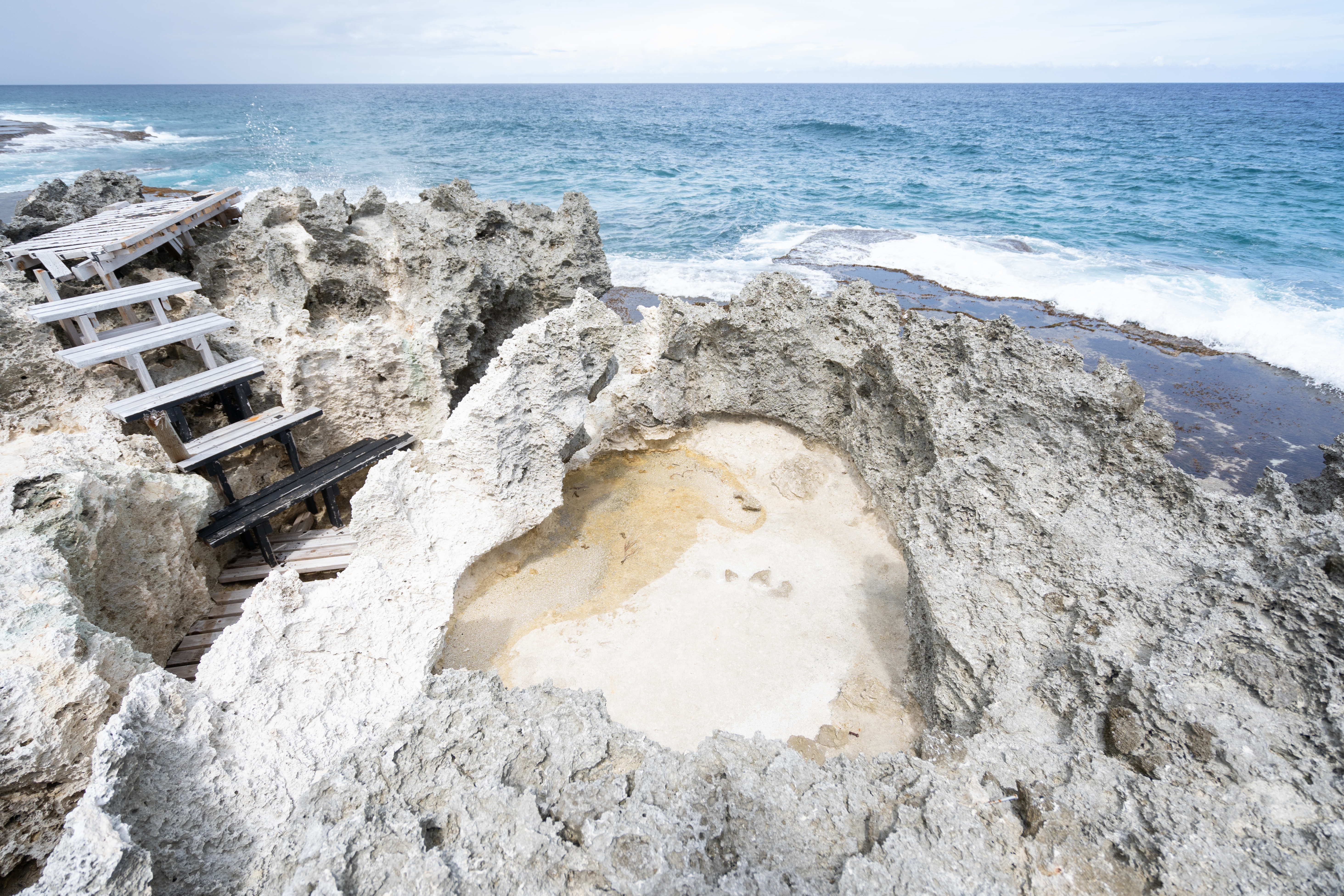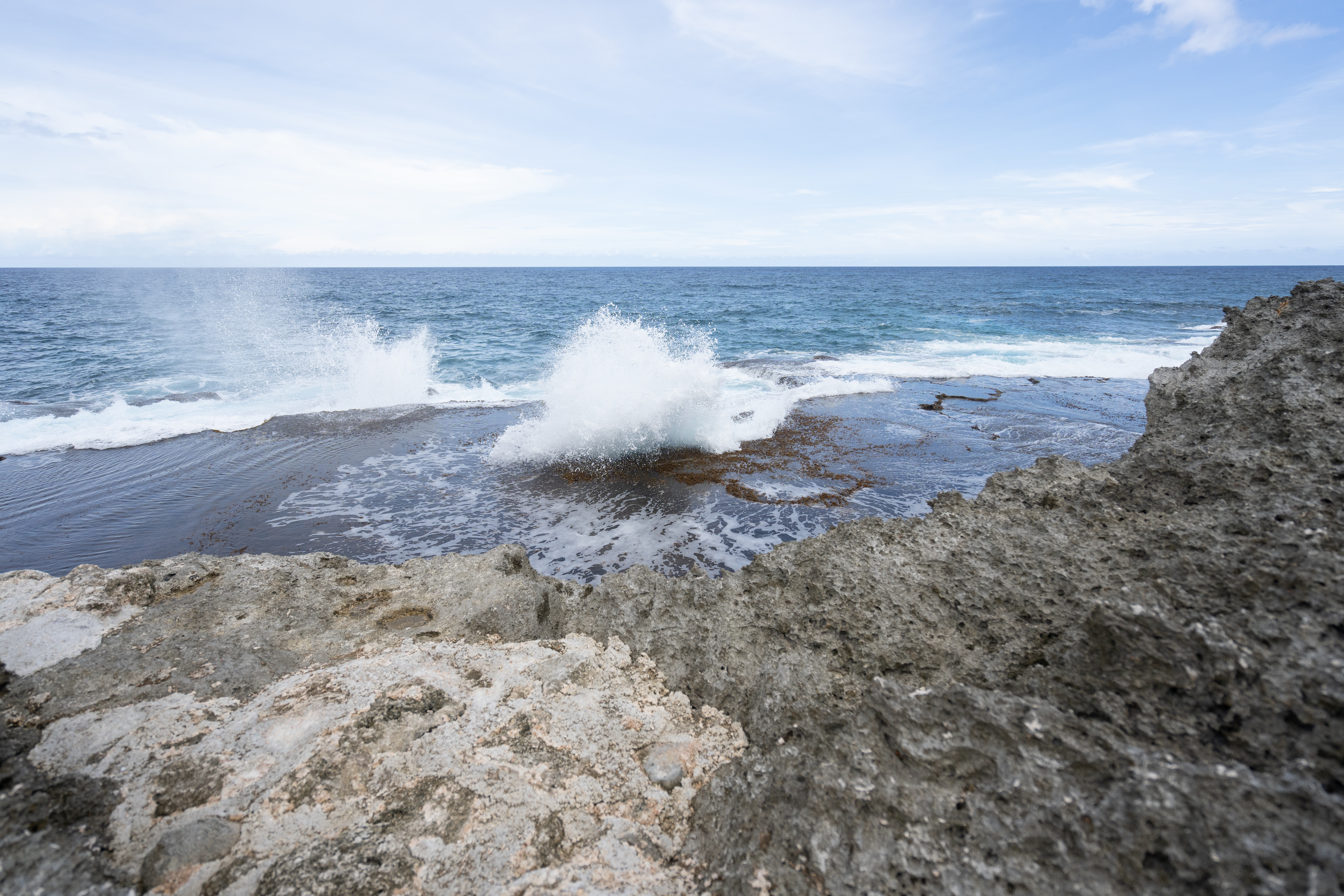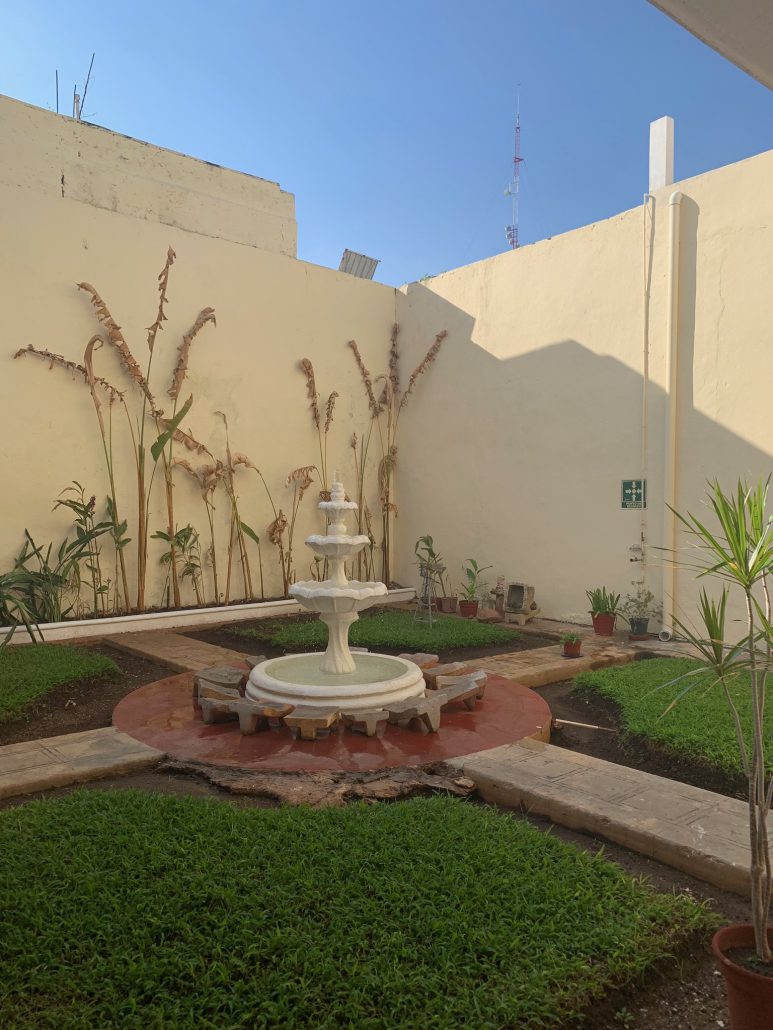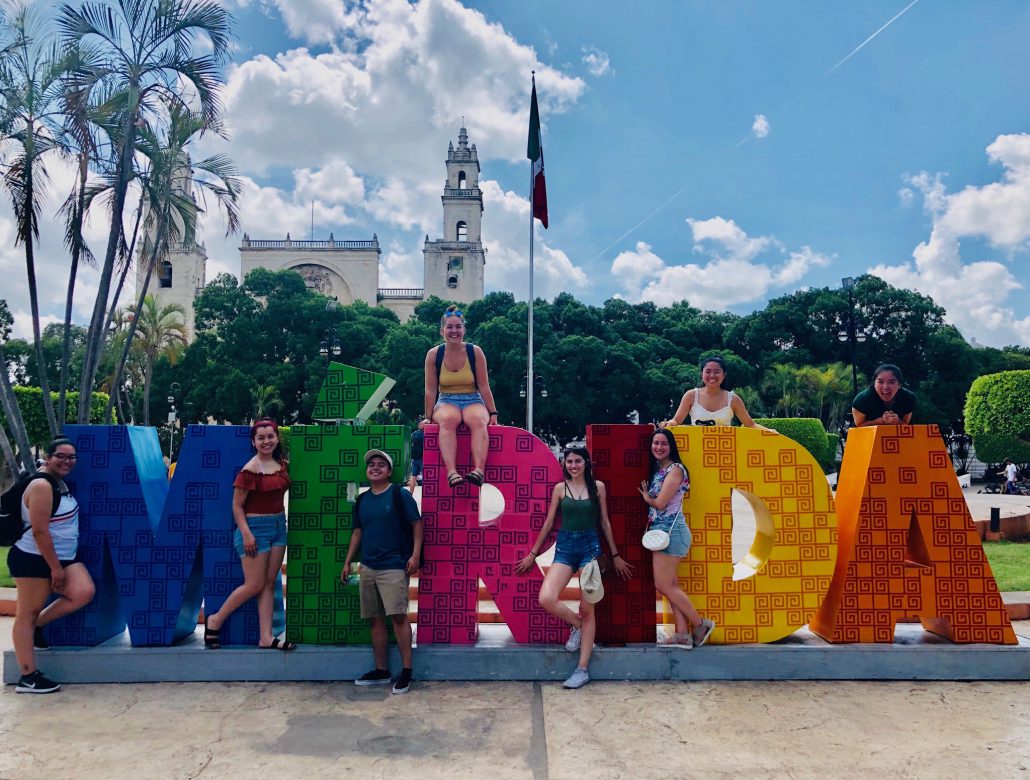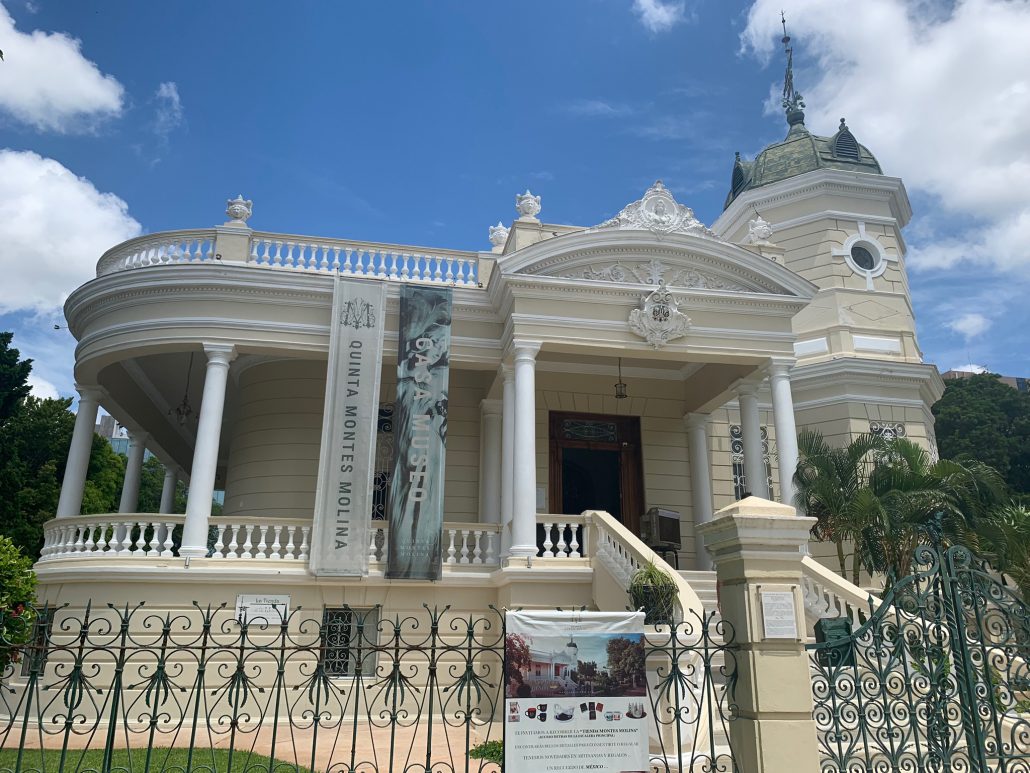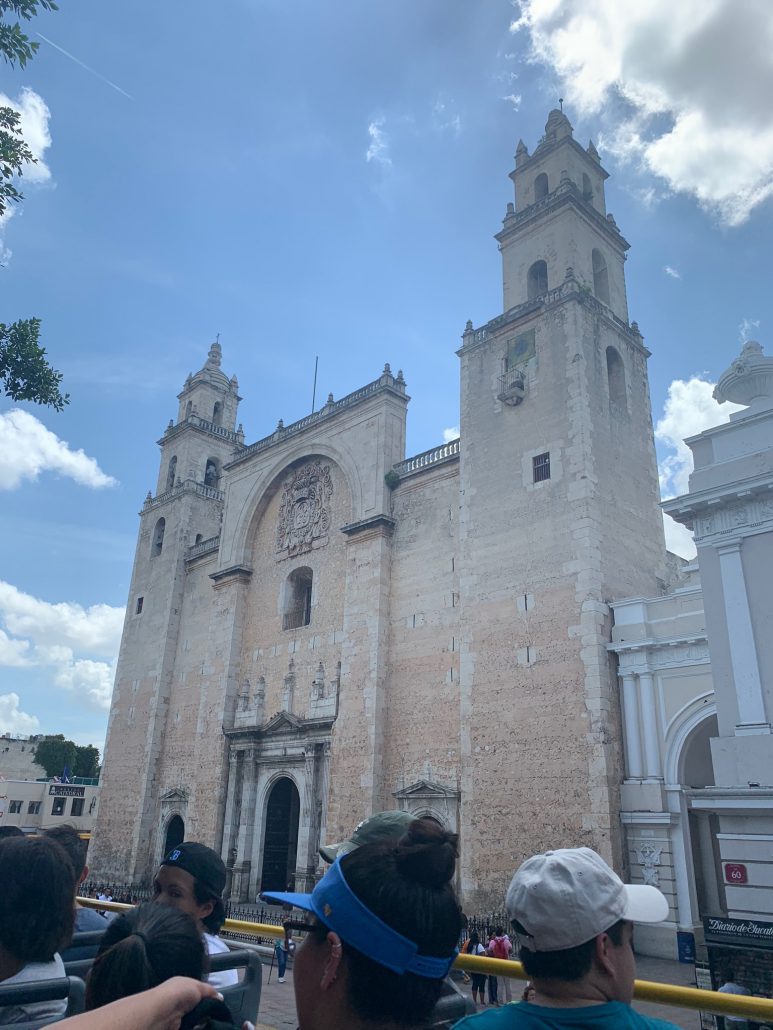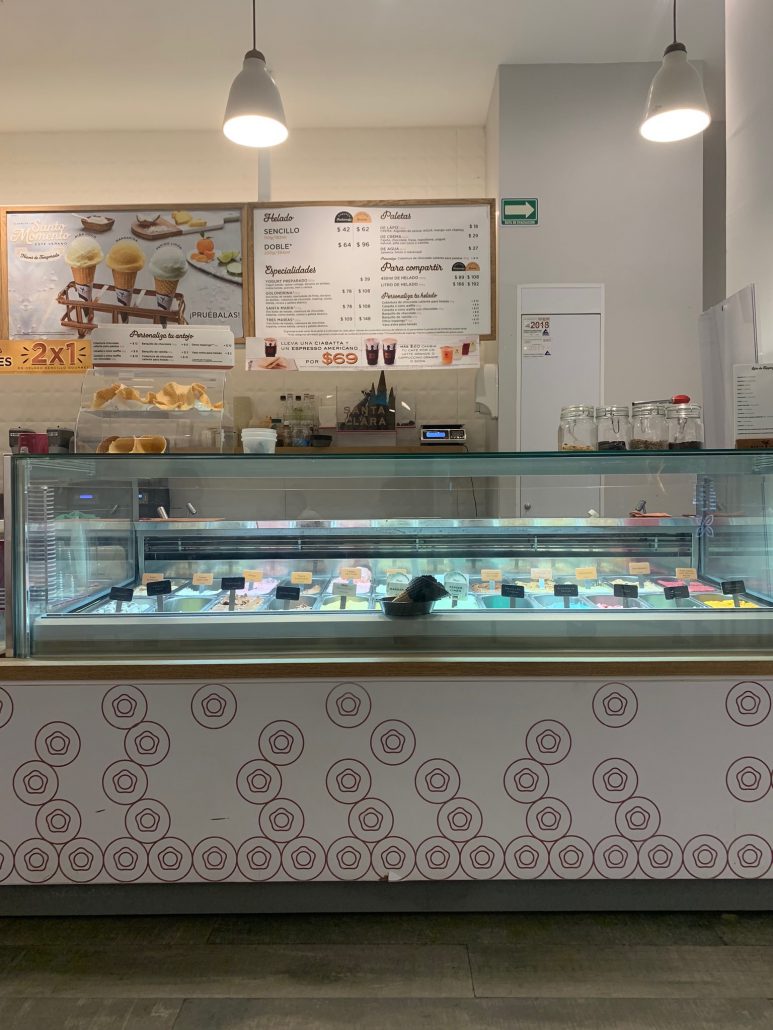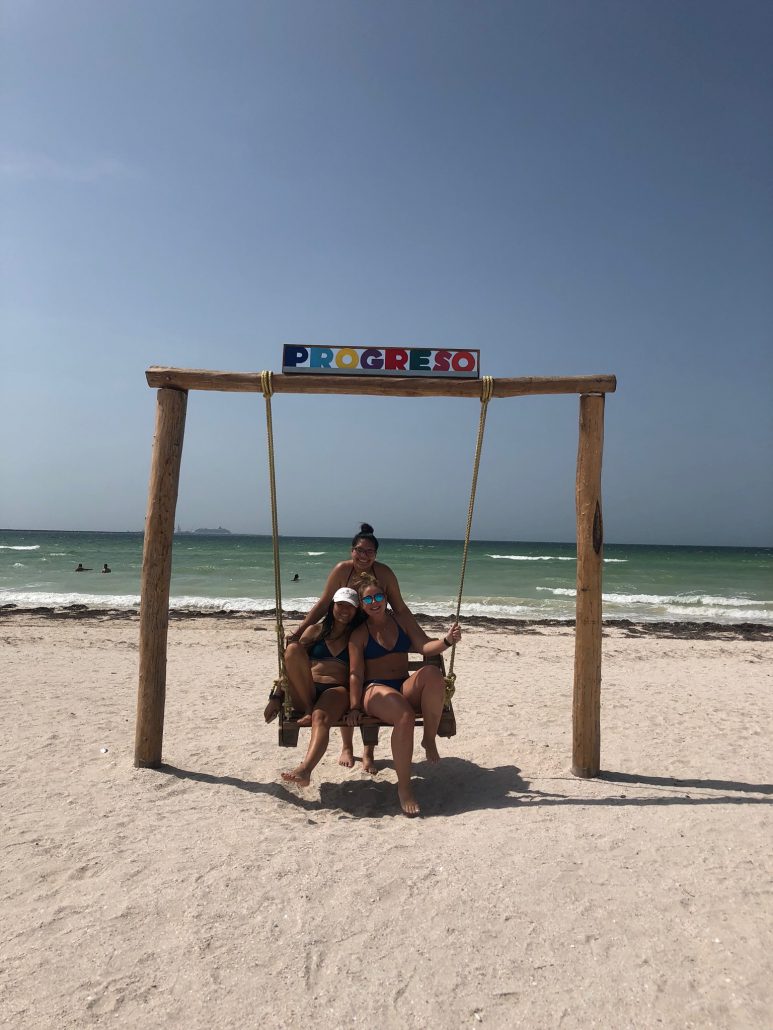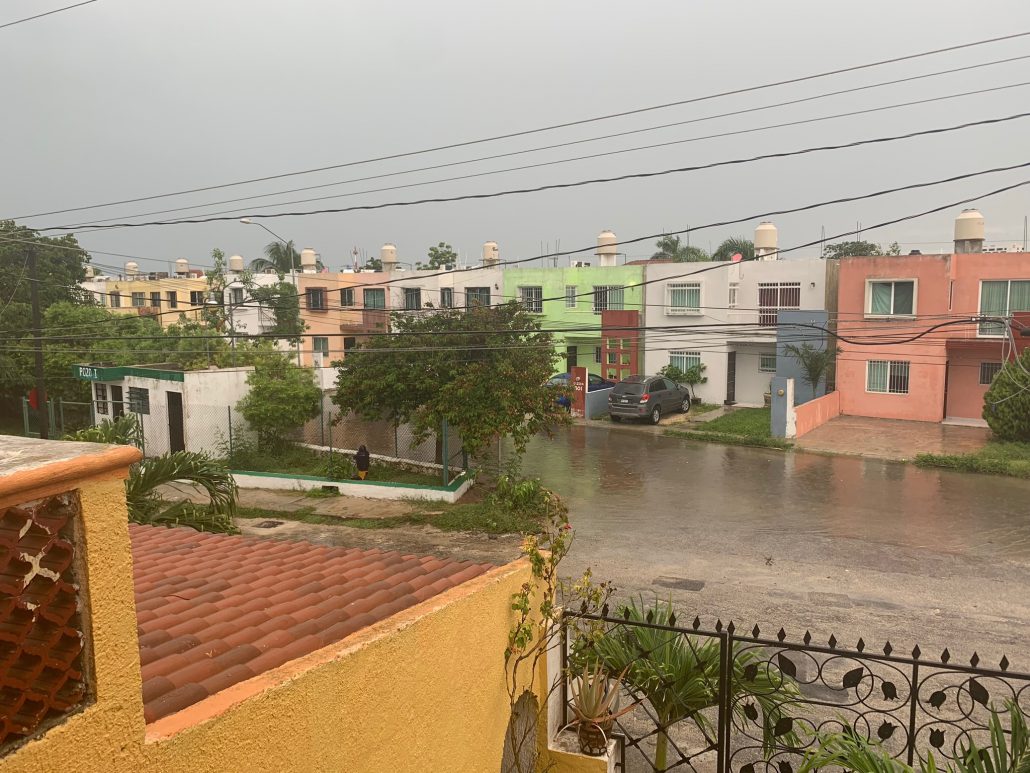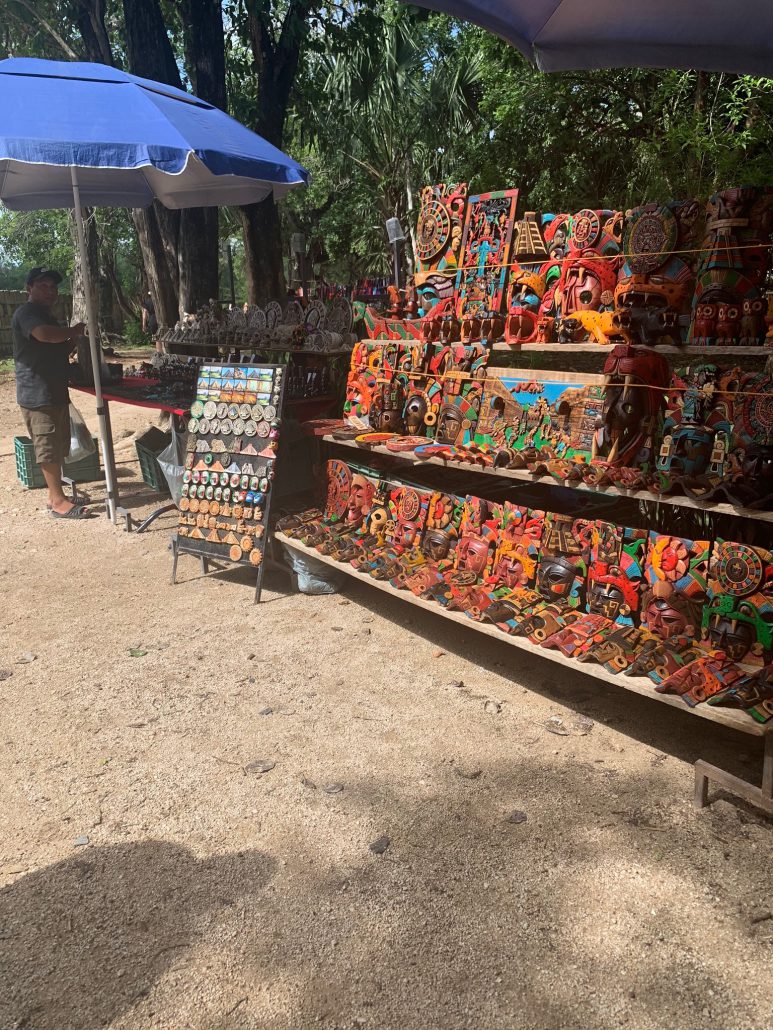Guam | Pagat
By Tecpatl Kuauhtzin
Our last class field trip was to Pagat, a beautiful area with historical knowledge weaved into the land. Uncle Joe, my mentor from the Guam Preservation Trust, took my entire class down to visit the land and waters. Professor Camacho also went, which made me happy because I was able to hike with him. Not often do students at UCLA get to hike with their professors, but Professor Camacho is one of the great ones.
The entire hike was about an hour long, and it went from jungle to coast. It was amazing being with such knowledgeable people. When we reached the cave, we took a few minutes to re-center ourselves before going in. It was a really cool experience being able to walk in. I took my camera in my bag and when we reached the deeper part of the water while going in, I had to hold it against the rocks. I was having such a good time that I didn’t realize I had my wallet in my pockets, and the water was waist deep, lol!
I made this image while looking out a few steps in.
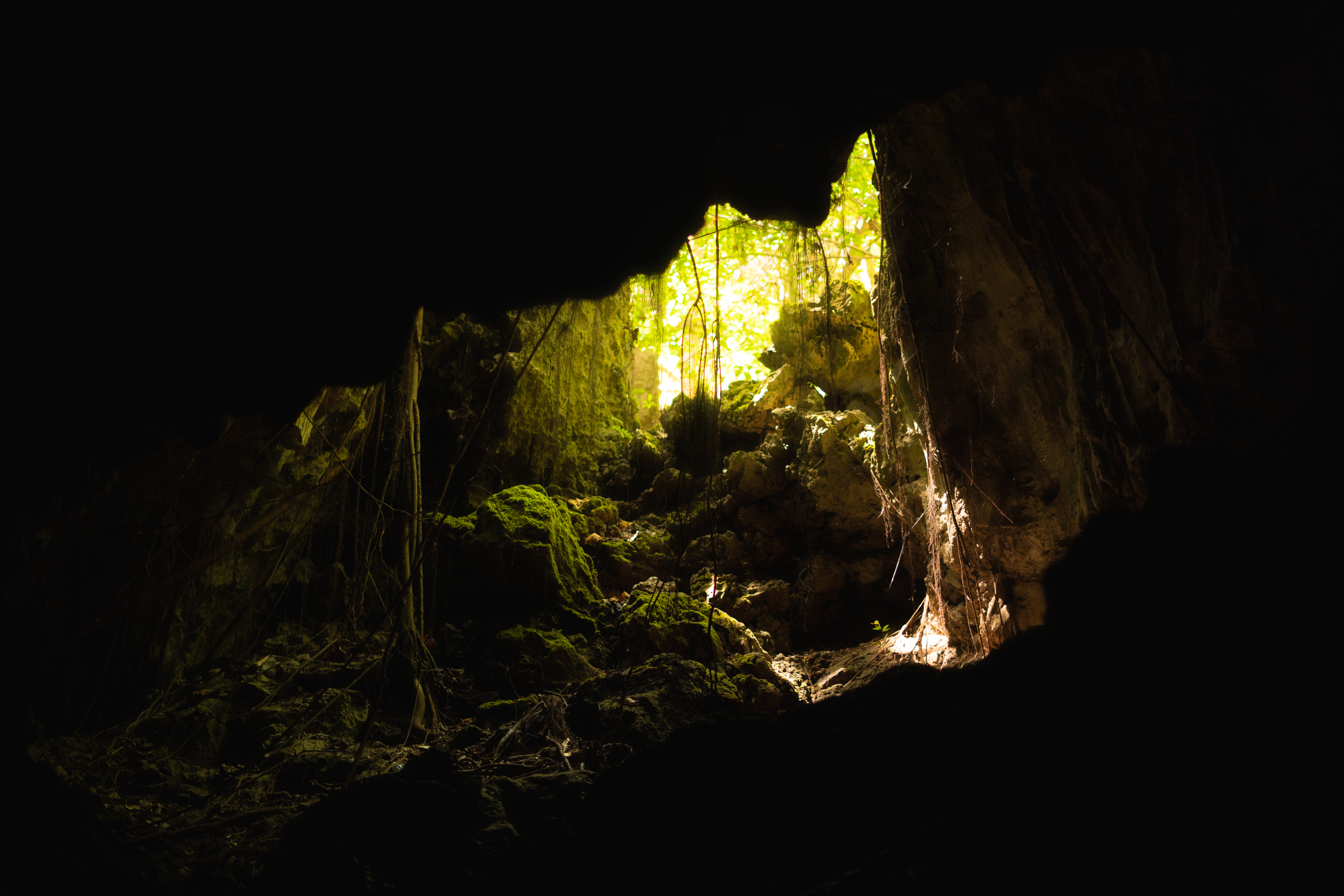
The cave was extremely dark and the water was fresh. the echo inside was incredible. Many of us took out or flashlights and cameras to try to take a few pictures, but they were mostly grainy. Unfortunately, while we were in there a group of tourists came in yelling and laughing very disrespectfully. Their tour guide was Chamoru but did not seem to care, and in fact was motivating them to do so. After multiple times of us asking them to be more quiet, Uncle Joe spoke to their tour guide. He expressed that he did not care, and was rather disrespectful. This was hard to witness, as I can relate and have been in situations where our sacred sites at home are disrespected by tourists.
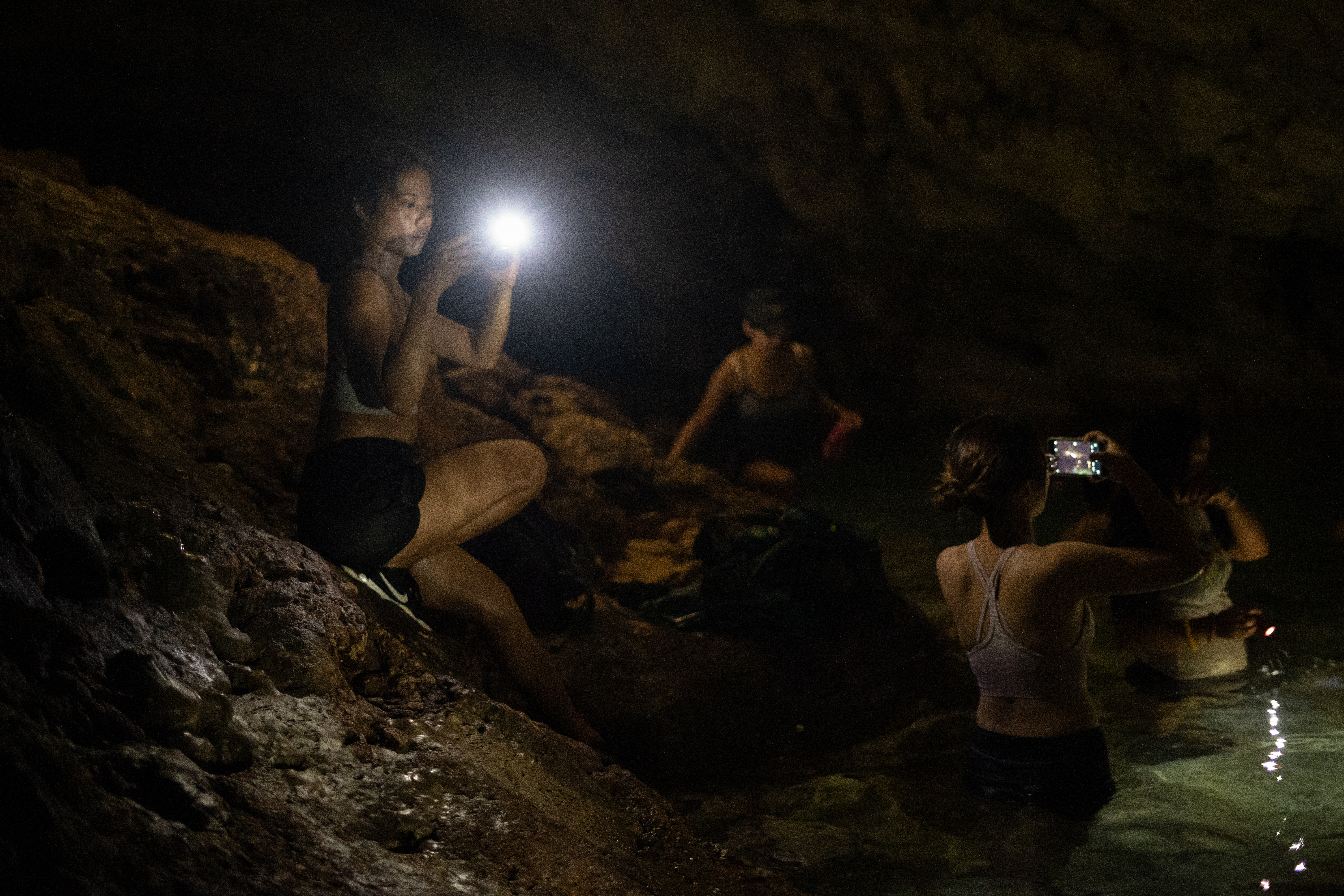
This is an image of Uncle Joe after we exited the cave. As we headed down to the coast, I asked him to pose, and he did so with grace! lol.
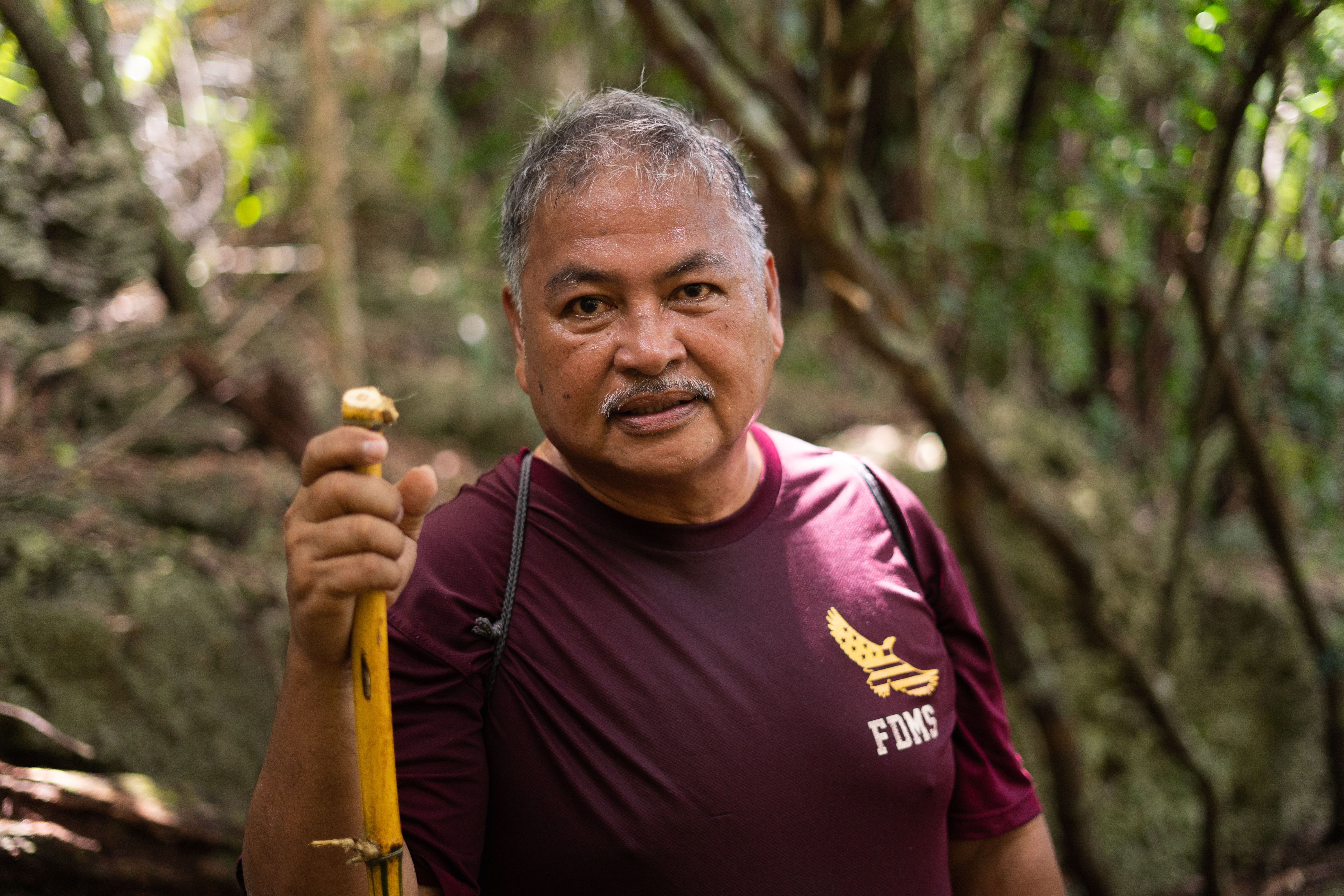
When we finally reached the coast, I was amazed to see a natural hole in the rock formations. Dan, a local student that was with us, told us that Chamoru youth jump off from here often. It can be dangerous, but if you know where to jump it will be fine he explained. I would be lying if I said I did not think about jumping, but I figured my professor would probably not let me, haha. I had a blast nonetheless.




